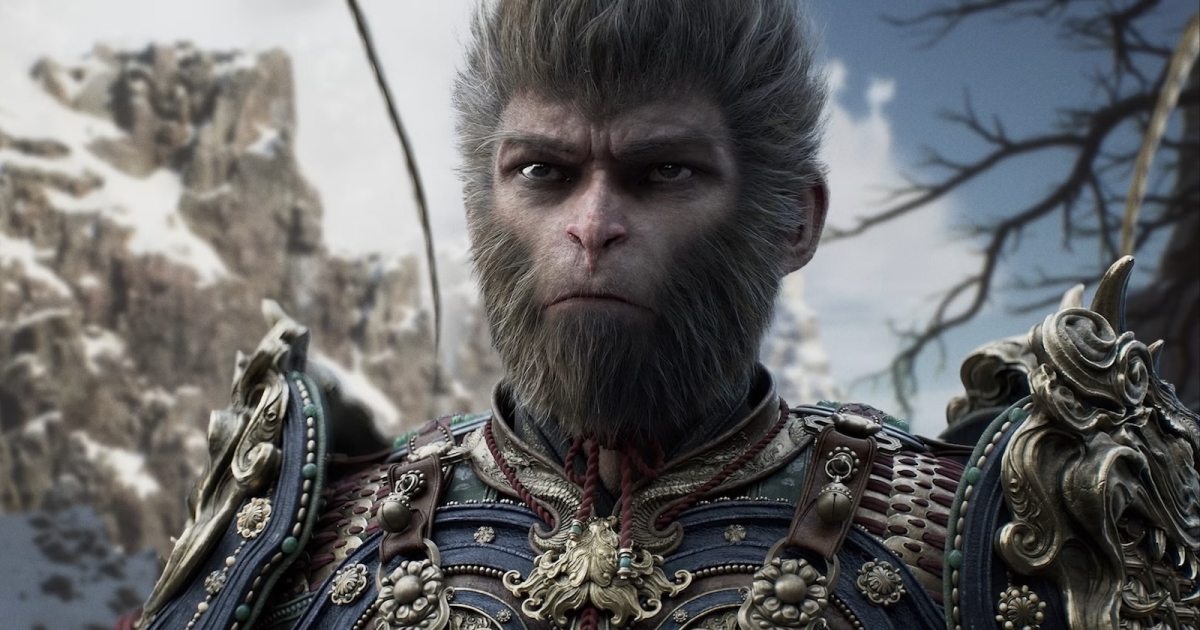Actually it's more 'sell to the Chinese market'. If you took the budget, include the marketing as the article says that $40 million is only development, and look at only the non-Chinese sales, you get a game financial performance not radically different from others. A $70 million game selling maybe 2 million units.
Now take a ridiculously expensive AAA game that sold 5M, say, and increase that by 25 million selling to China, now you've got far better returns and an argument that spending more nets you more.
So, GOD:Ragnarok. $200 million supposed budget, and 15 million sales. If it could penetrate the Chinese market the same way BMWK did, you'd be looking at 80 million sales...
At the end of the day, Wu Kong is an outlier. There are many variables that suggest this performance can't and won't be repeated by other games, so until numerous titles have duplicated BMWK's success, it's not indicative of a trend. Anyone trying to draw conclusions is just going to interpret the limited data based on their own feelings and assumptions.
The only useful consideration here is what BMWK suggests about spiralling AAA development. Did BMWK achieve better economies proportional to the costs? Given an $80 million development budget scaled for Western costs, would a Western studio not be able to make something comparable? Is the quality and scope of content of BMWK superior for the budget? From what little I've seen, it looks like a Souls-like in terms of scope of content, perhaps with more variety but then UE5 has Epic's megascans as assets anyone can use. So is it really doing anything special in terms of development?




